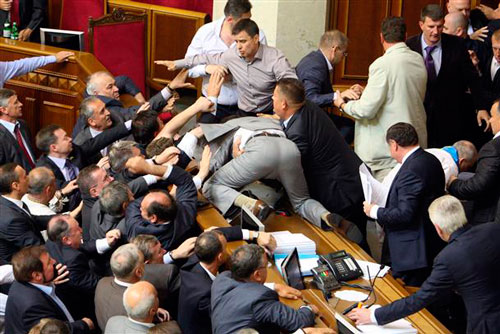Closing
The chair and the participants need to make every effort to continue
the meeting until all business has been completed. When this has
happened, it is time to close the meeting.
Close the meeting
A motion to conclude the meeting must be made and seconded. It needs a
simple majority to pass.

Maybe the chair could close this
meeting. A recess for sure.
The chairman has no authority to close the meeting
without the consent
of the owners unless the discussion has become so unruly that the
transaction of business has become impossible and efforts to restore
order failed, the view of the majority cannot be ascertained or where
there is a lack of quorum.
Motion to recess
If the meeting has gone on for some time, a motion may be moved and
seconded to recess the meeting for a fixed time, usually no more than
an hour. Perhaps there has been an election and the counting of ballots
will take some time or people feel the need for a short break.
Motion to terminate
An owner can move a motion to terminate the meeting at any time. The
motion needs to be seconded. The chair does not have to accept a motion
to terminate or adjourn the meeting if he has reason to believe that it
being moved merely to obstruct business.
top contents chapter previous next
